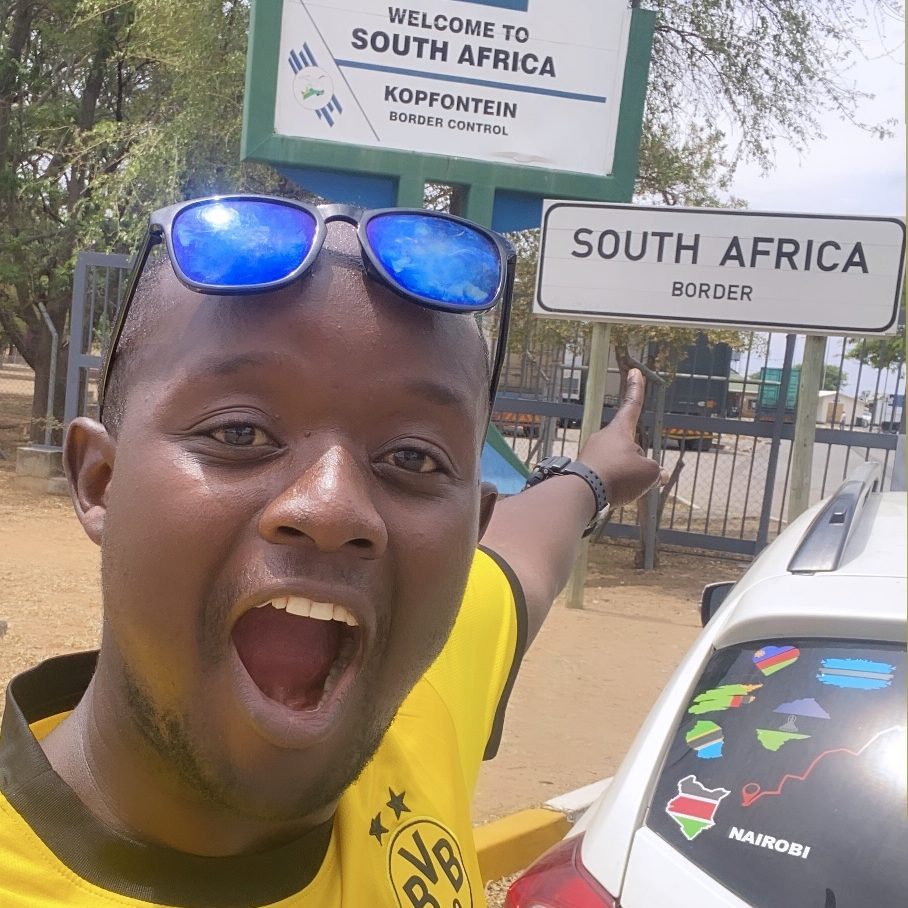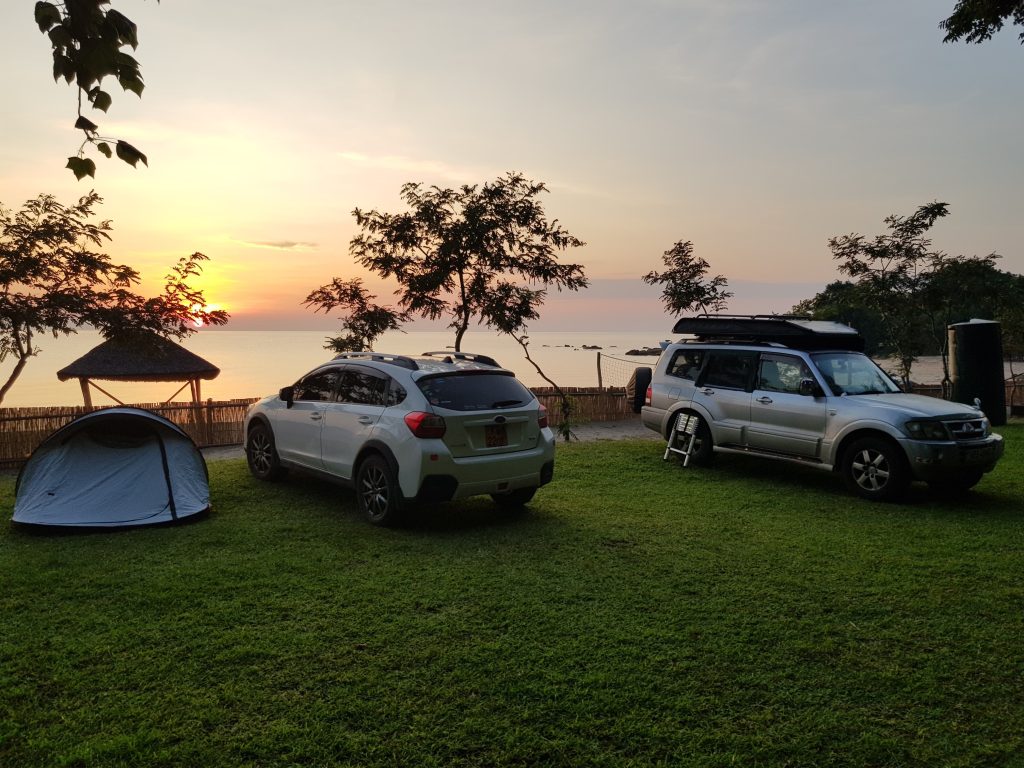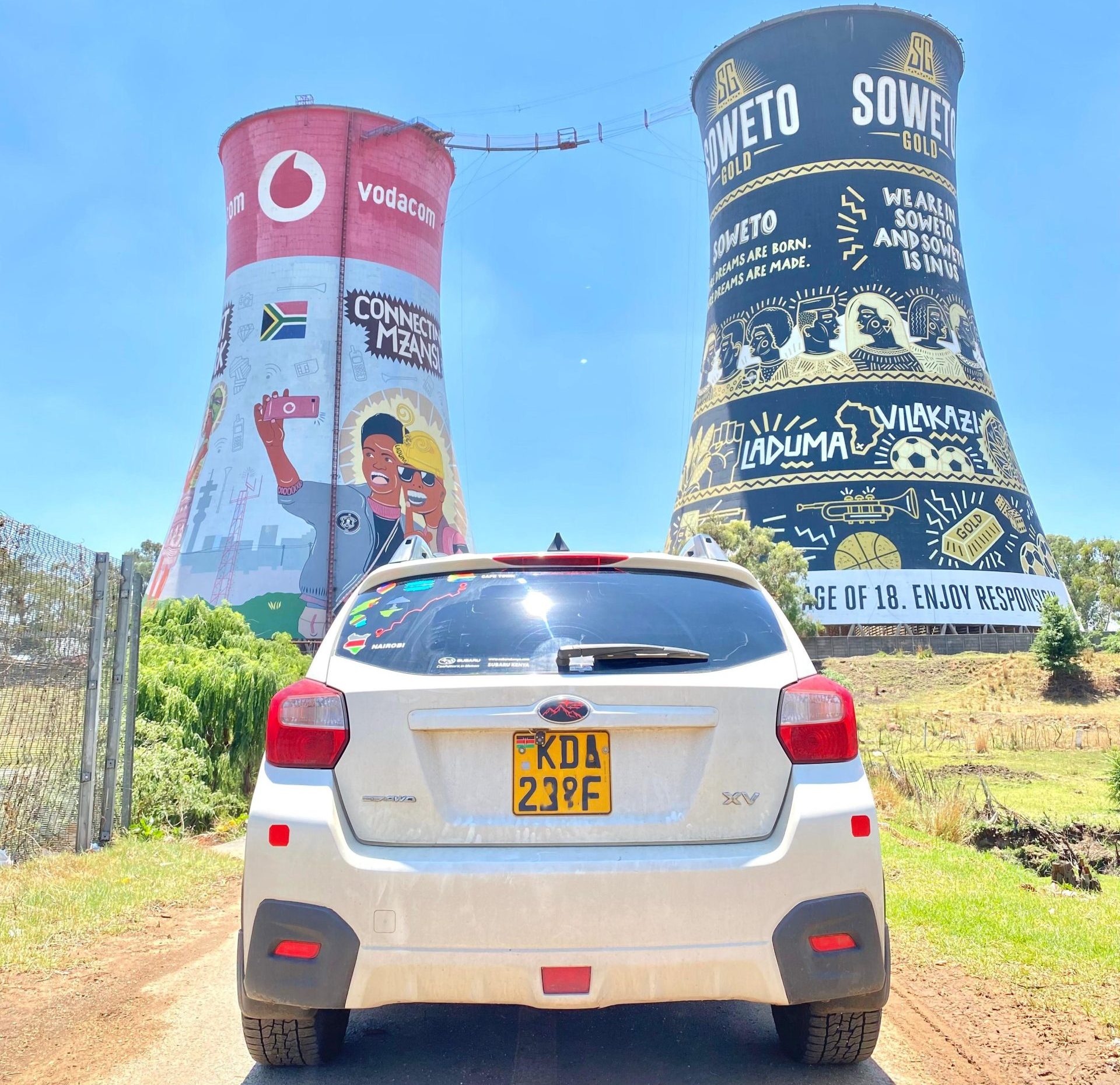By Timothy Albrite
Victor Matara’s road trip from Nairobi, Kenya to Cape Town, South Africa is a motoring enthusiast’s dream come true.
Only a few journeys rival the adventure of a 52-day road trip, transversing nine countries and spanning 13,398 kilometers in a 2014 Subaru XV.
With Vincent Ondari as his co-driver, the duo navigate through diverse landscapes, border crossings, and experiences that weave a captivating tale of adventure.
The journey kicks off in Nairobi Kenya, with Namanga One Stop Border Post being the first checkpoint crossing into Tanzania. The process unfolds seamlessly, with all necessary procedures efficiently completed within one and a half hours.However, this is still a long time compared to having a carnet de passage which has proven to significantly reduce the time spent at border posts.
He obtained a COMESA yellow card which is an extension of the local insurance acceptable in member countries and with that, he was ready to hit the road.
Navigating the essentials: Passport, Licenses, and Insurance
You will need an International Driving Permit solely issued by AA Kenya complemented by your Kenyan driver’s license.
The Carnet de Passage; a car passport also issued by AA Kenya to seamlessly cross through borders saving a lot of time and money.
Victor is fortunate to avoid car breakdowns, requiring only routine servicing throughout the expedition. In the age of Covid, a surprising twist unfolds – no request for a Covid certificate at any border.
Tales of the roads
Journeying through varying terrains, certain stretches challenge the resilience of both driver and vehicle.
Tanzania has smooth and well-maintained roads. However, the scenic roads come with strict 50 km/hr speed limits, which can significantly slow down your journey. You would have to choose between slowing down your journey significantly or parting with hefty fines for driving above the speed limit.
There are policemen with speed cameras everywhere strictly enforcing the 50 km/hr zones.
Potholes dot the Nakonde-Kapiri Mposhi stretch in Zambia, the Katima Mlilo-Livingstone stretch, and the Salima-Nkhotakota-Rukuru-Chiweta stretch in Malawi.
However, respite comes on the smoother roads of South Africa and Namibia.
In Namibia, a unique driving rule emerges – always keep your lights on during the day, a safety measure to reduce accidents, backed by a 1000 Namibian Dollar fine for non-compliance.
Throughout their journey, Matara and Ondari relied on the performance and reliability of the Subaru XV to carry them through. From the smooth highways of South Africa to the rugged backroads of Botswana, their trusty ride proved to be more than capable of handling whatever the road threw their way.
South Africa, a beacon of advancement, unfolds its beauty in the Western Cape region. The minimum speed on the highway is 100km/hr and like Victor, you could be stopped for driving slow.

Let’s dive into the captivating narrative of Victor Matara’s epic road trip as he shares, in his own words, his escapades per country:
South Africa
South Africa is an advanced country (miles ahead) with beautiful landscapes, especially in the
Western Cape region. The hype about South Africa is real. Arguably the most advanced country I have ever visited in Africa.
The minimum speed on the highway is 100km/hr.
Namibia
Namibia is a stunning country although internet speeds were quite slow during our visit. Their
deserted roads might come as a surprise.
Botswana
Botswana is known for its abundant elephant population, and the architectural
diversity in Gaborone fascinated us.
Lesotho
The kingdom on the hill
– Interestingly, their currency has the same value as South Africa.
Tanzania
The scenic roads come with strict 50 km/hr speed limits. Tanzania stood out for exceptional hospitality, good roads, and affordable food.
Zambia: Zambia offers plenty of food options, but be prepared for toll roads and fees. It is also
worth noting that in Zambia, it is required to have front white reflectors and red rear reflectors on your car to enhance visibility at night.
Zimbabwe
Victoria Falls in Zimbabwe is a must-visit! Would pay to see those falls for the first time again.
Malawi
People were kind and welcoming, and Lake Malawi is a spectacular sight!
They have the cheapest internet rates…( Airtel Malawi to be specific )
However, Fuel in Malawi is very expensive, and at certain points, there might be a shortage. It is
important to prepare accordingly and factor in the higher fuel costs in your budget.

Kenya
Kenya has the best internet, which you will definitely miss as you travel further south.
Border Crossings: Navigating Costs and Seemless Exits
Border crossings present their challenges, with Victor sharing the costs incurred in Zambia, Botswana, South Africa, Lesotho, Namibia, and Malawi. Each crossing unveils its unique challenges, from Interpol charges to carbon taxes and agent facilitation fees. South Africa surprises with a swift and fee-free entry at Kopfontein Border Post.
As I have mentioned above, the ticket to your peace of mind in border crossing is a carnet that will significantly reduce your costs and the process made hassle-free.
A Journey Worth Every Coin
In the end, Victor’s reflection on the trip echoes a resounding endorsement – the journey to the South is worth every coin. Would he embark on this epic road trip again? Absolutely!
The absence of a Carnet de Passage is a valuable lesson for fellow travellers planning a similar adventure – having this document can mean faster border crossings, greater freedom, and potential cost savings. The South African adventure serves as an inspiring testament to the vast opportunities awaiting those daring enough to explore the roads less traveled.


How much is the carnet De passage and how long does it remain valid?
Greetings James, a carnet de passage is made up of 25 pages with a validity period of one year or a 10 page carnet valid for 3 months. The cost for 3 months is KES 30,000 and one year is KES 45,000.
Get the emagazine here: https://aakenyaautonews.co.ke/emagazine/
What is the approximate budget of self drive and using public transport for the same route?
Salute the Subaru for it’s capability
Am using one and the same trip is on my to do list
Awesome. When are you planning to do the trip?
Can you please summarize for me,what is required for such journey and the cost…Plz
I followed victor on tiktok from the beggining the end.